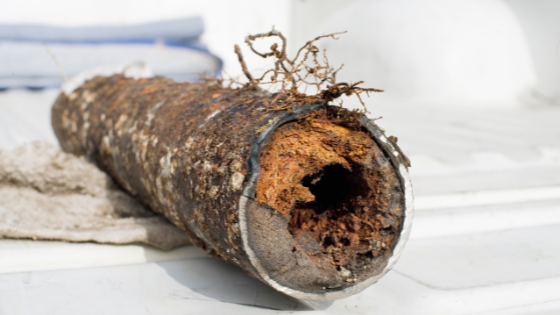Trees grow slowly, but over time, their underground roots can infiltrate key plumbing pipes and cause serious damage. Oftentimes, a home will experience unusual signs that something is wrong with the plumbing system. But only a professional inspection can definitively determine whether the cause is tree roots or something else.
Signs of Tree Root Damage
Homeowners might suspect damage caused by tree roots if:
- Trees are growing near sewer or water lines.
- The home is experiencing frequent clogs.
- Drains are slow to flush out water.
- Toilets are gurgling.
- There are visible sinkholes in the yard.
In extreme cases, tree roots can force water or sewage to back up into the home and cause water damage. This can also lead to foul odors, unhygienic conditions, and expensive repairs.
How to Prevent Tree Root Damage
Before planting trees, homeowners should know where their plumbing pipes are located and find out which trees are safe to plant, and where.
Trees that homeowners should avoid planting on their property include:
- Willows
- Beech
- Eucalyptus
- Honey Locust
- Mulberry
- Aspen
- Empress
- Elm
- Poplar
- Silver Maple
Another way to protect plumbing pipes from tree root damage is to create barriers between trees and pipes. Spread chemical growth inhibitors near the sewer lines, or use wooden or metal barricades.
The rule of thumb is to choose plants or bushes that are slow growing and don’t have extensive root systems.
How Pipes Are Repaired
Professional plumbers use specialized cameras to diagnose tree root damage. Camera recordings allow plumbers to identify the exact location of tree root infiltration and determine the severity of damage.
Minimal root intrusion may be addressed by hydro jetting. This is simply clearing away years of buildup and blockages.
For moderate to severe damage, trenchless sewer repair or replacement may be necessary. This approach involves completely replacing the pipes using a method called pipe bursting. A cone is hydraulically moved through the pipes, breaking apart old and damaged pipes. As the old pipes are destroyed, new high-density polyethylene (HDPE) piping is put into place.
If you suspect tree root damage, call Tucker Hill for professional rooter service.

